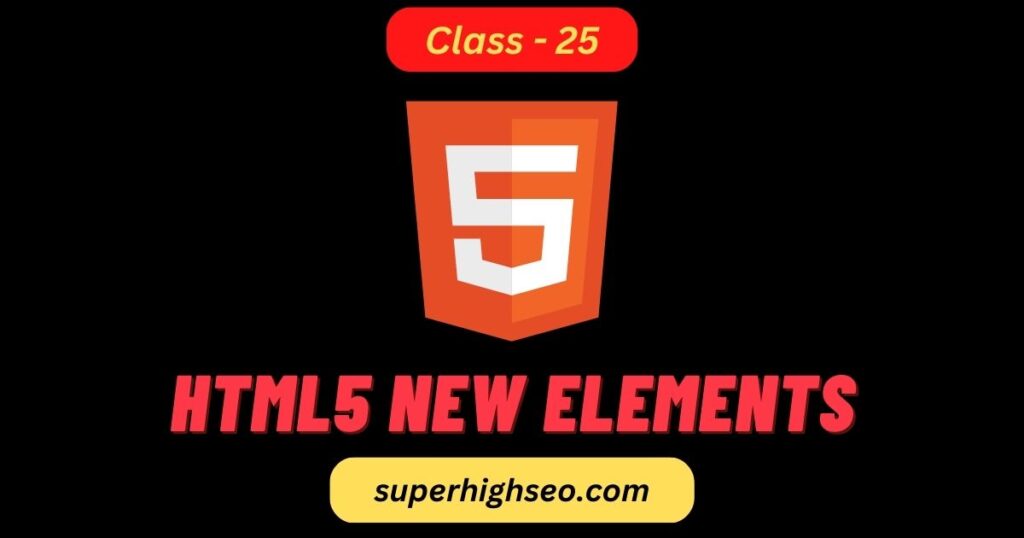
HTML5 introduces several new elements that provide more meaning to the structure of web pages. These new elements help to create a more semantically meaningful structure and improve accessibility for users. Here are some of the most critical new HTML5 elements:
<header>: The <header> The element represents a container for introductory content or navigational links. It typically contains the site logo, site title, and primary navigation.
<nav>: The <nav> element represents a section of a page that contains navigation links.
<section>: The <section> element represents a standalone section of a document, such as a chapter, tabbed content, or a widget.
<article>: The <article> element represents a self-contained composition in a document, such as a blog post or a forum post.
<aside>: The <aside> element means a section of a page containing content tangentially related to the main content, such as a sidebar or pull quotes.
<figure> and <figcaption>: The <figure> the element represents a self-contained piece of content, such as an image or a video, and the <figcaption> element provides a caption for the content in the <figure> element.
<footer>: The <footer> element represents a container for the footer of a document or section. It typically contains information about the author, copyright information, and site links.
These new elements help to create a more meaningful structure for web pages and make it easier for developers to create accessible and user-friendly websites.
